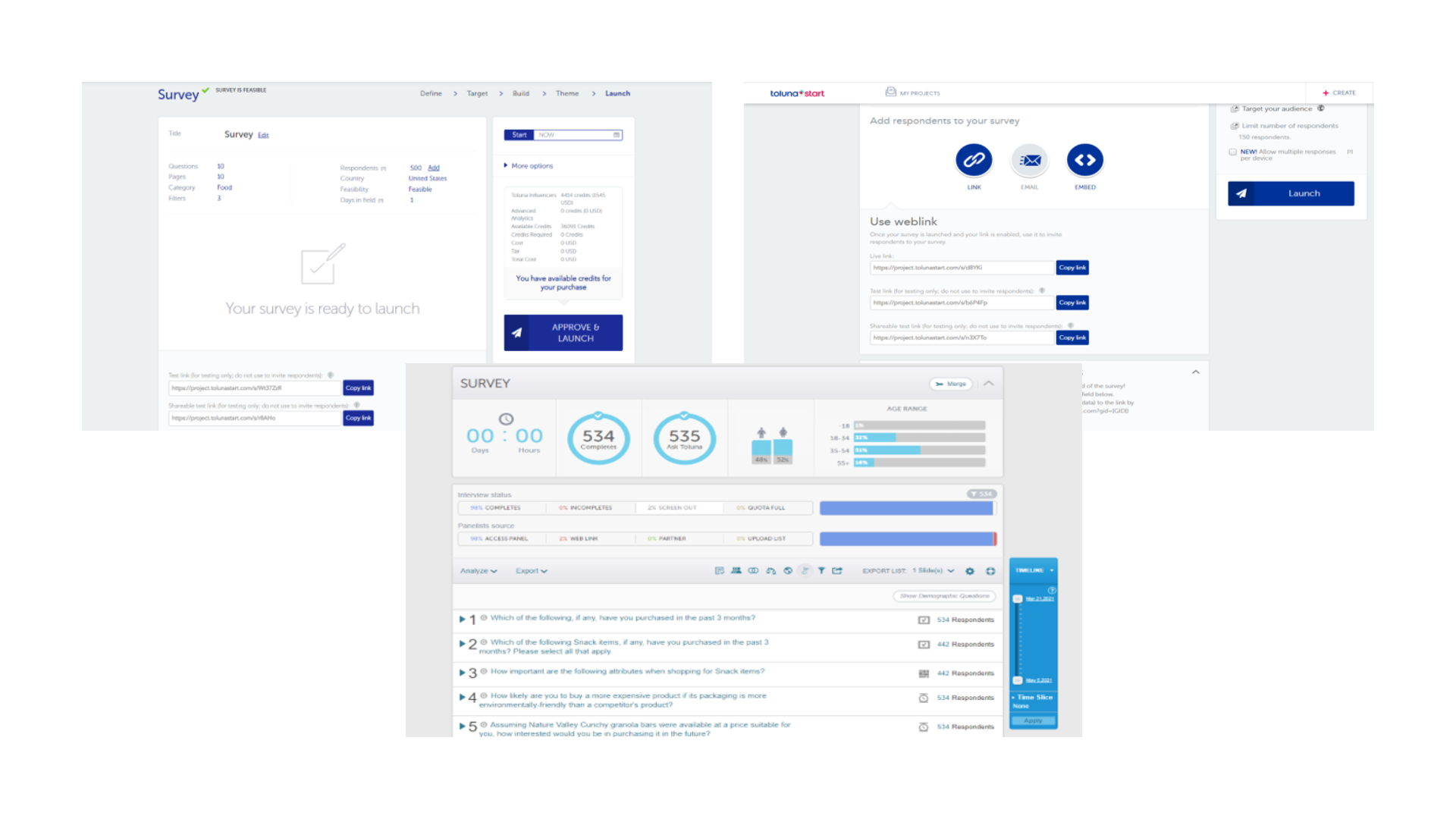Are you struggling to maintain effective communication in your remote team? The shift towards remote work have made traditional real-time meetings a challenge. This post delves into asynchronous stand-up meetings as an innovative solution to streamline teamwork and boost efficiency regardless of location or time zones.
Ready to transform your virtual collaboration? Let’s dive in!
Key Takeaways
- Asynchronous stand – up meetings are virtual meetings that allow team members to provide updates on their progress, goals, and obstacles in a flexible and convenient manner.
- These meetings offer benefits such as increased productivity, improved clarity in communication, and the ability to accommodate time zone differences.
- Balancing synchronous and asynchronous communication is important for effective collaboration in remote teams.
- Instant messaging software, meeting management software, and Fellow AI are tools that can be used to facilitate effective asynchronous stand-up meetings.
What are Asynchronous Stand-Up Meetings?
Asynchronous stand-up meetings are virtual meetings that allow team members to provide updates on their progress, goals, and obstacles in a flexible and convenient manner. They offer several benefits such as increased productivity, improved clarity in communication, and the ability to accommodate time zone differences.
However, there are also downsides to consider when implementing asynchronous meetings.
Benefits of asynchronous meetings to increase collaboration
Asynchronous meetings unlock a host of advantages for teams, particularly those working remotely. They give team members the freedom to participate when it suits them best, boosting individual productivity levels and overall team efficiency.
This flexibility helps to combat scheduling issues caused by differing time zones or busy calendars. An additional advantage is reduced pressure from real-time decision making, giving attendees ample opportunity to reflect before responding.
Teams can approach discussions more thoughtfully and provide responses that are considered rather than rushed. Lastly, asynchronous meetings create a documented trail of communication which can be invaluable for reference, accountability or newcomers aiming to get up to speed.
These benefits make asynchronous stand-ups an excellent tool in enhancing virtual team effectiveness.
Differences between asynchronous and synchronous meetings
Asynchronous meetings and synchronous meetings have distinct differences in how they are conducted. In asynchronous meetings, team members do not need to be present at the same time.
Instead, they can communicate and collaborate on their own schedules, eliminating the need for real-time communication. This flexibility is especially helpful when working across different time zones or when team members have conflicting schedules.
On the other hand, synchronous meetings require all participants to be present simultaneously. These meetings provide immediate feedback and interaction through video calls or chat platforms.
Synchronous meetings allow for quick decision-making and instant clarification of ideas.
Downsides of asynchronous meetings
While asynchronous meetings offer numerous benefits, it is important to consider their downsides as well. One major drawback is that communication may be delayed, leading to slower decision-making and potential bottlenecks in projects.
Additionally, without real-time interaction, misunderstandings can occur more easily, requiring additional clarification and potentially causing delays. Finally, maintaining engagement and accountability can be challenging when participants are not all online at the same time.
Despite these challenges, with proper planning and clear communication strategies, the downsides of asynchronous meetings can be minimized or overcome.
Tips for Running Effective Asynchronous Stand-Up Meetings
Explain the benefits to your team, set a deadline for agenda creation, follow up on obstacles, balance synchronous and asynchronous communication, and ask for team feedback.
Explain the benefits to your team
Asynchronous stand-up meetings offer several benefits to your team. Firstly, they provide flexibility by allowing team members to contribute at their convenience rather than having everyone coordinate their schedules for a specific time slot.
This means that individuals can work in different time zones or have more control over managing their workload. Secondly, asynchronous meetings promote productivity as they minimize distractions and interruptions associated with real-time communication platforms.
Team members can focus on completing tasks without constantly being interrupted by notifications or having to wait for others to finish speaking. Lastly, these meetings ensure clarity in communication since participants have the opportunity to carefully craft their updates and responses, resulting in concise and thoughtful contributions from all team members.
Set a deadline for agenda creation
Set a clear deadline for agenda creation to ensure that your asynchronous stand-up meetings run smoothly and efficiently. By establishing a specific timeframe, you create structure and accountability within your team.
This helps everyone stay on track and ensures that agendas are prepared in advance, allowing team members to review them before the meeting starts. With a deadline in place, you can also avoid last-minute scrambling and ensure that all relevant topics are included in the agenda.
By setting expectations around agenda creation, you foster a more organized and productive remote work environment.
Follow up on obstacles
To ensure the success of asynchronous stand-up meetings, it is important to follow up on any obstacles or challenges that team members may be facing. This could involve scheduling additional one-on-one conversations to address specific issues or assigning someone to provide support and guidance.
By actively following up on obstacles, you can help your team overcome any roadblocks and keep the momentum going in your projects. It also shows that you care about their progress and are committed to helping them succeed in a remote work environment.
Balance synchronous and asynchronous communication
To ensure effective team collaboration in asynchronous stand-up meetings, it’s essential to balance both synchronous and asynchronous communication. While asynchronous communication allows team members to work at their own pace and overcome time zone differences, synchronous communication promotes real-time interaction and fosters immediate feedback.
By finding the right balance between these two types of communication, teams can maximize productivity, maintain clear lines of communication, and collaborate seamlessly regardless of physical distance.
This approach enables efficient work processes and facilitates effective team coordination in remote work environments.
Ask for team feedback
Encourage an open and collaborative environment by asking for team feedback during asynchronous stand-up meetings. This allows everyone to contribute their thoughts, ideas, and concerns, fostering better communication and teamwork.
By actively seeking feedback, you can gain valuable insights into the effectiveness of your meetings and identify areas for improvement. Whether it’s through a dedicated feedback channel or simply allowing individuals to share their thoughts at the end of each meeting, involving your team in the process will help create a more inclusive and productive work environment.
Tools for Conducting Asynchronous Stand-Up Meetings
There are several tools that can be used to facilitate effective asynchronous stand-up meetings, including instant messaging software, meeting management software, and Fellow AI.
Instant messaging software
Instant messaging software is a valuable tool for conducting asynchronous stand-up meetings. With this software, team members can communicate in real-time, regardless of their physical location.
It allows for quick and efficient communication, enabling teams to collaborate and coordinate effectively. Instant messaging software also provides a platform for sharing updates, ideas, and obstacles, ensuring that everyone is on the same page.
Moreover, it helps bridge the gap between time zone differences when team members are working remotely. By utilizing instant messaging software, teams can enhance their productivity and maintain clear lines of communication even in a distributed work environment.
Meeting management software
Meeting management software is a valuable tool for conducting effective asynchronous stand-up meetings. This software provides features that help facilitate smooth communication and collaboration among remote teams.
With meeting management software, team members can easily create agendas and set deadlines for sharing updates and obstacles. The software also enables real-time tracking of progress, allowing participants to stay informed about each other’s tasks and accomplishments.
Additionally, it offers features like automated reminders and notifications to ensure that all team members are aware of upcoming meetings or important updates. Overall, using meeting management software can enhance the efficiency and productivity of asynchronous stand-up meetings, making them an essential component of successful remote collaboration.
Fellow AI
Fellow AI is an innovative tool that can greatly enhance the effectiveness of asynchronous stand-up meetings. With its advanced features, Fellow AI helps teams stay organized and focused during virtual meetings.
It allows users to create agendas, assign action items, and track progress in real-time. The AI-powered software also provides valuable insights and suggestions for improving team communication and collaboration.
Whether your team is working remotely or spread across different time zones, Fellow AI ensures that everyone stays connected and on track towards their goals.
Conclusion
Asynchronous stand-up meetings offer a promising future for team communication. By allowing flexibility and accommodating timezone differences, these meetings improve collaboration in remote work environments.
With the right tools and effective practices, teams can overcome the downsides of asynchronous communication and experience increased productivity and efficiency in their work processes.
FAQs
1. What are asynchronous standup meetings?
Asynchronous standup meetings are a form of remote team communication designed to improve efficacy in meetings by allowing collaboration at the convenience of each team member.
2. How do these virtual team communications handle different time zones?
Asynchronous means not real-time, so it handles timezone differences effectively. Team members don’t have to adjust their schedules as they can contribute to daily scrums and other online standup meetings whenever they’re available.
3. Can asynchronous methods promote effective remote work culture?
Yes, asynchronous methods like Slack for meetings offers greater work flexibility which can increase productivity in remote work and foster a better remote work culture.
4. Are there any cons in experimenting with this type of communication for my distributed teams?
While asynchronous communication allows connection at convenience, it requires self-discipline and suitable communication tools from all team members for maintaining good online interaction hence ensuring effective team communication.
5. Is Asynchronous Standup Meeting useful in Agile Project Management?
Absolutely! In an agile project management context, such meeting style helps maintain continuous collaboration across collaborative workspaces while maximizing individual productivity levels despite distance or schedule variations.



